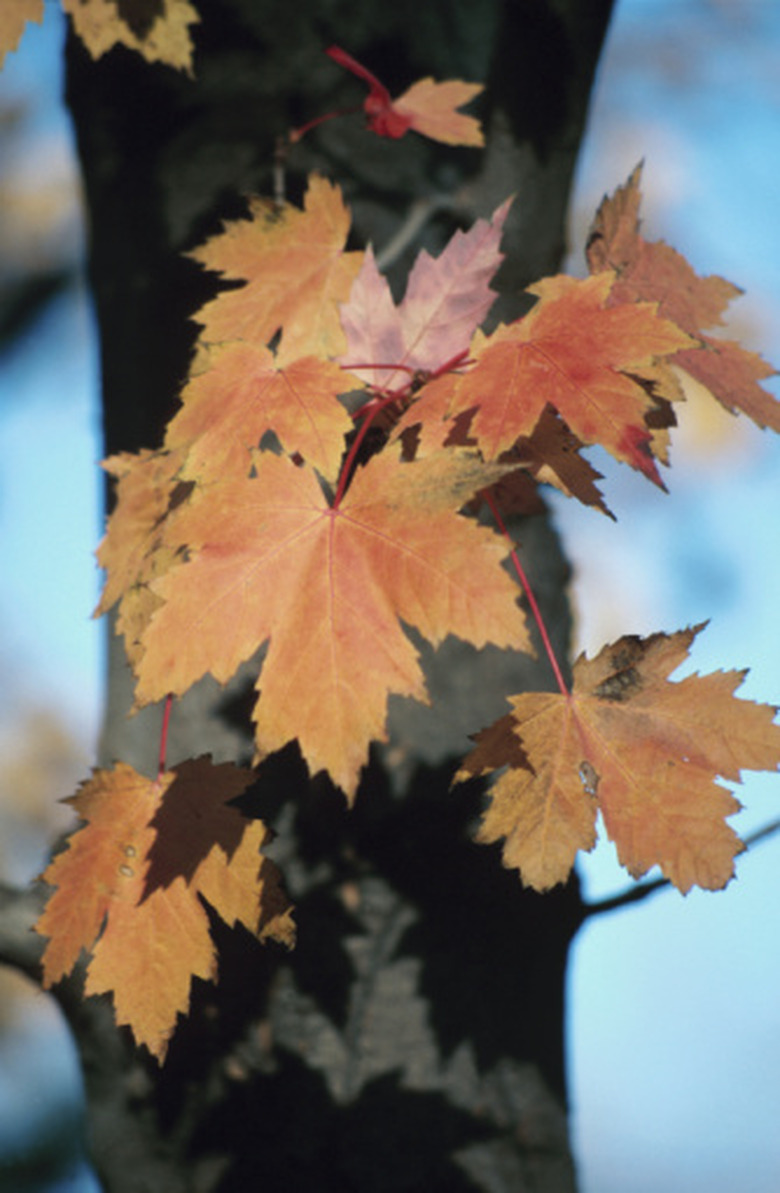How Much Does A Sugar Maple Grow Per Year?
Famous for the syrupy sap that pours from within the tree, the sugar maple is also renowned for the hardness and beauty of its wood; the latter two traits are the result of its slow pattern of growth.
Growth Per Year
The sugar maple tree (Acer saccharum) is considered to possess a slow to medium growth rate. According to the Arbor Day Foundation, slow growth designates a tree that grows less than 12 inches per year, while medium denotes growth of between 13 and 24 inches annually.
Considerations
This ornamental tree achieves its best rate of growth per year in U.S. Department of Agriculture hardiness zones 3 through 8. It eventually stretches to a height of between 60 and 75 feet with a canopy width of 45 to 50 feet and grows best in full sunshine. The sugar maple prefers moist soil.
Overall Growth
The U.S. Forest Service indicates that it takes approximately 50 years for the sugar maple tree to reach its mature height. Annual and overall growth slows rapidly after the midcentury mark is attained, although the sugar maple regularly lives between 200 and 300 years.
- Famous for the syrupy sap that pours from within the tree, the sugar maple is also renowned for the hardness and beauty of its wood; the latter two traits are the result of its slow pattern of growth.
- Annual and overall growth slows rapidly after the midcentury mark is attained, although the sugar maple regularly lives between 200 and 300 years.
Grow Sugar Maples From Seed
Collect sugar maple seeds when ripe in the fall. Sugar maples begin producing seeds when they reach about 30 years old. Soak the seeds up to 48 hours in water kept around room temperature. Cover the seed with 1/4 to 1 inch of the soil mixture. Moisten the soil thoroughly, and cover the planter with plastic film. Place the planter in a warm location with indirect sunlight to stimulate growth. Check the soil at least twice per week for moisture levels. Give the tree seedling enough water to keep the soil slightly moist, but allow excess water to drain to avoid soggy conditions.
- Collect sugar maple seeds when ripe in the fall.
- Cover the seed with 1/4 to 1 inch of the soil mixture.
